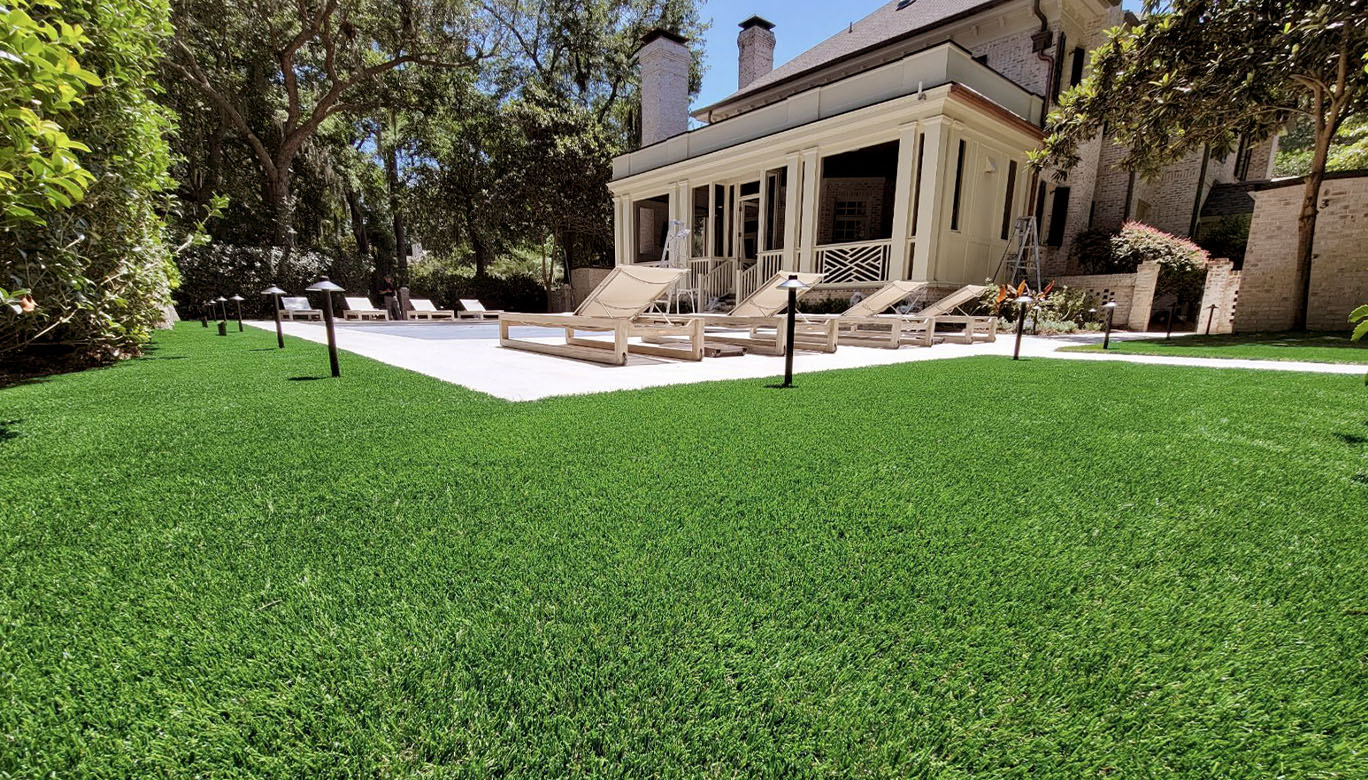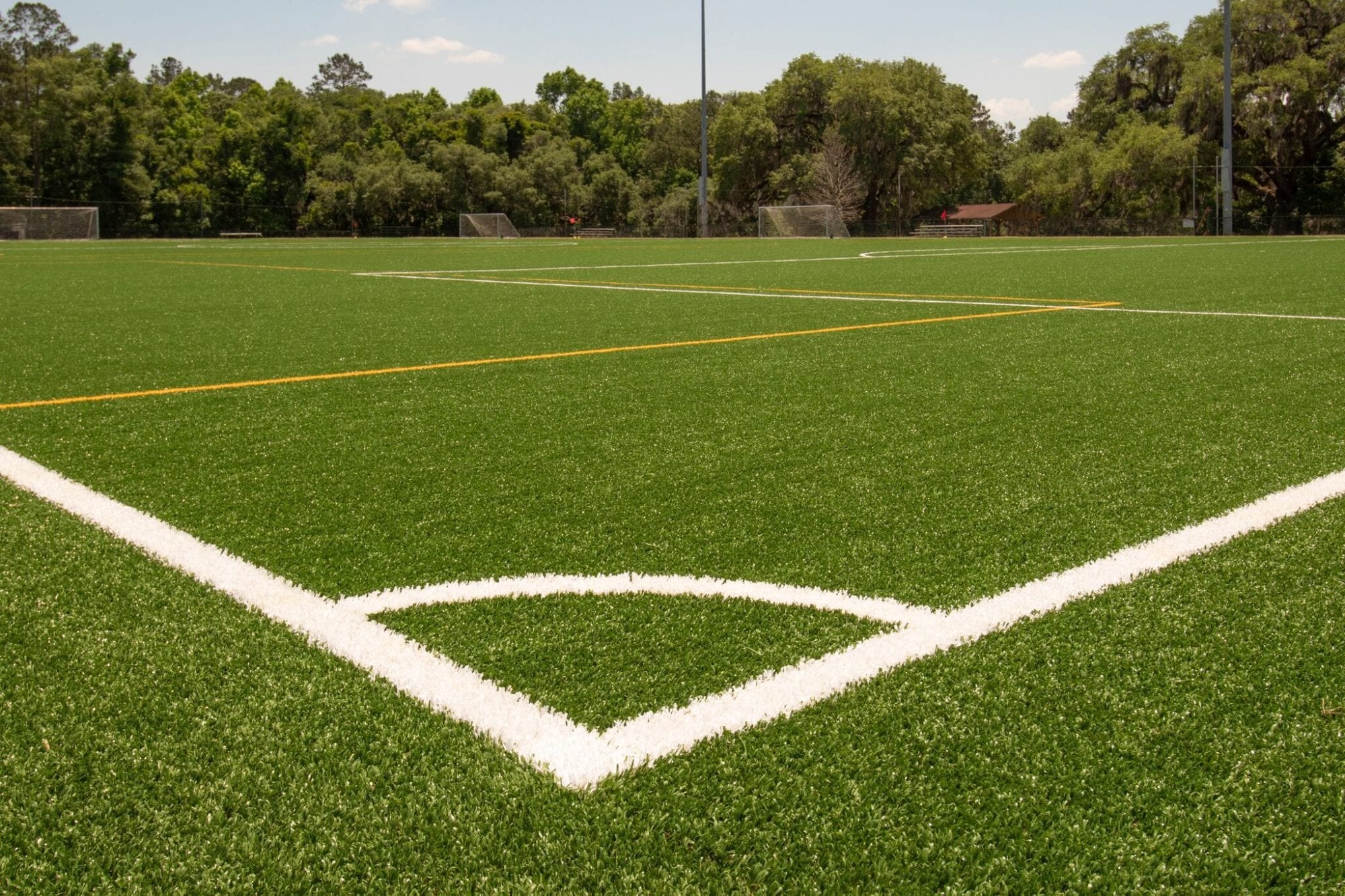Explore the Environmental Perks of Opting for Artificial Grass Solutions
The fostering of artificial grass remedies presents a compelling possibility to attend to pushing ecological obstacles. By substantially lowering water usage and minimizing the application of unsafe chemicals, these choices not only advertise lasting landscape design but additionally safeguard regional communities.
Water Preservation Advantages
One of the most considerable benefits of synthetic grass is its capability to preserve water. In contrast, synthetic turf does not require watering, considerably minimizing the total need for water sources.
By removing the demand for routine watering, artificial grass adds to sustainable landscape practices and aids alleviate the environmental impact of extreme water usage. The conservation of water extends to the reduction of runoff, which can lead to soil erosion and waterway pollution.
Furthermore, the setup of artificial grass permits property owners and towns to allocate water sources more successfully, concentrating on necessary usages such as drinking water and farming. The change towards synthetic turf not only advertises responsible water usage yet likewise lines up with broader ecological goals focused on protecting all-natural sources.
As neighborhoods progressively focus on sustainability, the water conservation benefits of synthetic grass present a compelling instance for its adoption in household and business landscape design jobs.
Lowered Chemical Usage
The transition to synthetic grass significantly lowers the reliance on chemical therapies typically made use of in natural yard upkeep. Traditional lawn monitoring normally includes the application of plant foods, pesticides, and herbicides to promote development and control pests. These chemicals can present risks to human wellness, regional wildlife, and the environment, adding to dirt and water contamination.
In comparison, fabricated turf gets rid of the requirement for these damaging compounds. By lessening the launch of artificial compounds into the environment, artificial turf advertises healthier soil and water systems.
Additionally, the absence of chemical drainage related to artificial lawn setups aids safeguard local waterways from pollution, sustaining aquatic life and keeping biodiversity. Arizona turf. As areas significantly focus on sustainable methods, choosing synthetic grass provides a feasible option that aligns with ecological preservation goals. Through this shift, homeowner can enjoy rich eco-friendly areas without endangering environmental health and wellness, leading the way for an extra sustainable future
Lower Carbon Impact

In addition, the setup of fabricated turf can cause significant water preservation. All-natural yards need significant amounts of water for watering, which not just contributes to the carbon footprint connected with water extraction and therapy but additionally stress regional water resources. On the other hand, synthetic grass requires marginal upkeep, requiring no watering, thereby substantially lowering water use and its associated power costs.
Furthermore, the longevity of synthetic grass adds to its lower carbon impact. With a life expectancy of approximately 15 years or even more, the demand for frequent replacements is reduced, leading to less waste and reduced energy usage in manufacturing and dealing with standard grass alternatives. On the whole, artificial lawn offers a lasting alternative for environmentally conscious landscape design.
Habitat Conservation
Environment preservation is a crucial consideration in the debate over landscape design options, particularly when contrasting synthetic grass to natural yard. Natural grass yards often call for substantial upkeep, including using chemicals, fertilizers, and herbicides, which can negatively affect neighborhood ecological communities. These chemicals can leach into the dirt and rivers, harming indigenous vegetation and animals and interrupting neighborhood environments.
Artificial turf removes the need for damaging chemicals, thus safeguarding neighboring wildlife and maintaining the honesty of surrounding ecosystems. The installment of artificial turf can lead to the conversion of previous yard areas right into even more biodiverse landscapes, such as pollinator gardens or indigenous plant locations, which can support local wild animals.
Eventually, the shift to synthetic lawn not only preserves water and decreases upkeep initiatives yet also fosters a more unified partnership between human tasks and the native environment, advertising environment conservation while doing so.
Long-Term Sustainability
Long-term sustainability is a vital element in examining the benefits of fabricated turf over conventional turf lawns. One of one of the most considerable benefits of man-made turf is its durability; it can last up to 15-20 years with minimal maintenance, whereas all-natural lawn requires this contact form constant reseeding and replacement. This durability lowers the demand for consistent resources, such as water, fertilizers, and pesticides, which are essential for keeping a healthy and balanced yard lawn.
Additionally, synthetic grass adds to a decrease in carbon discharges connected with grass treatment devices. Standard grass typically need gas-powered mowers, leaners, and blowers, all of which add to air contamination. Turf installation phoenix az. On the other hand, man-made turf gets rid of the demand for such equipment, promoting a cleaner setting
In addition, the production of man-made grass significantly uses recycled products, enhancing its sustainability profile. As suppliers adopt eco-friendly methods, the environmental impact of synthetic lawn remains to diminish.

Conclusion
The fostering of fabricated grass services provides considerable environmental benefits, consisting of significant water conservation, minimized dependence on unsafe chemicals, and a reduced carbon impact. Additionally, artificial grass help in preserving natural environments by reducing land disturbance and promoting long-term sustainability with making use of long lasting products. Jointly, these elements emphasize the potential of synthetic grass to add positively to ecological wellness and supply a practical choice to conventional landscape design practices in a progressively resource-conscious globe.
In contrast, man-made lawn does not need watering, dramatically reducing the general need for water resources. By lessening the release of artificial compounds right see this website into the environment, fabricated lawn advertises much healthier dirt and water systems.
In addition, the installment of fabricated lawn can result in substantial water conservation. In contrast, synthetic grass requires very little upkeep, calling for no watering, thereby substantially lowering water usage and its linked energy expenses.
